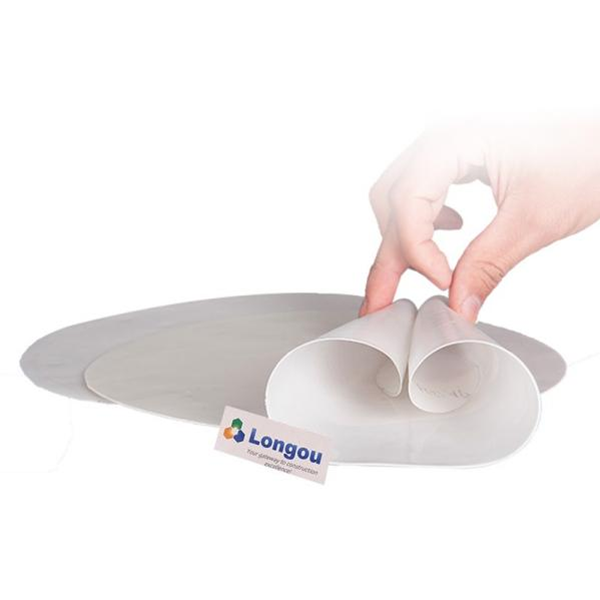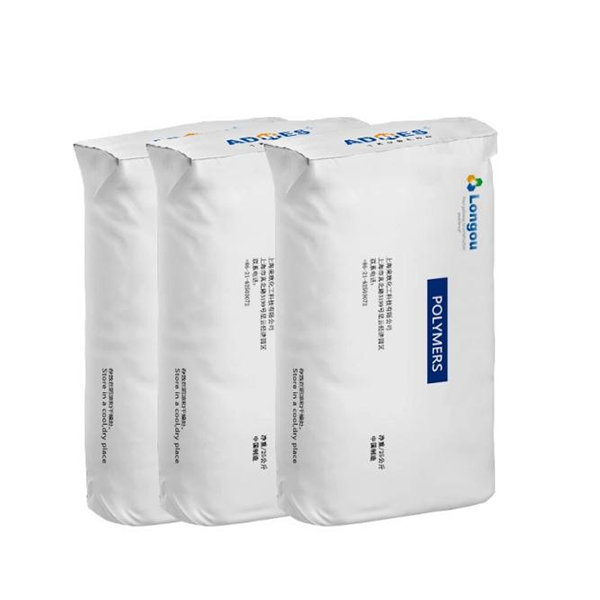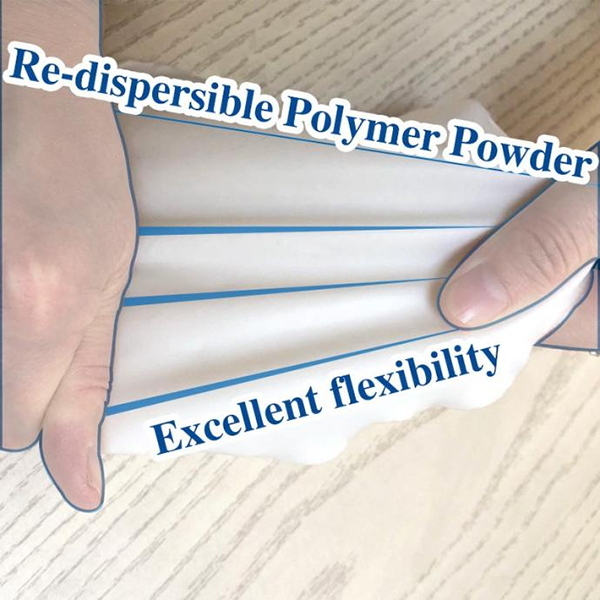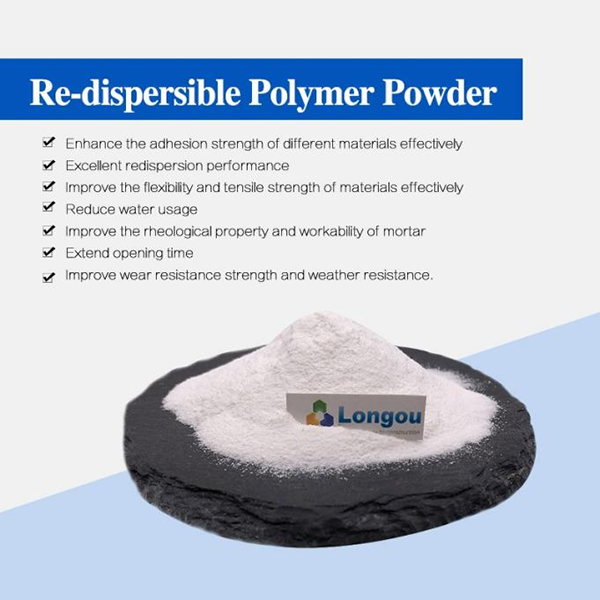
Glass transition temperature definition
Glass-Transition Temperature(Tg),is the temperature at which a polymer changes from an elastic state to a glassy state,Refers to the transition temperature of an amorphous polymer (including the non-crystalline part in a crystalline polymer) from a glassy state to a highly elastic state or from the latter to the former. It is the lowest temperature at which macromolecular segments of amorphous polymers can move freely. Usually Represented by Tg. It differs depending on the measuring method and conditions.
This is an important performance indicator of polymers. Above this temperature, the polymer shows elasticity; below this temperature, the polymer shows brittleness. It must be considered when used as plastics, rubber, synthetic fibers, etc. For example, the glass transition temperature of polyvinyl chloride is 80°C. However, it is not the upper limit of the product's working temperature. For example, the working temperature of rubber must be above the glass transition temperature, otherwise it will lose its high elasticity.

Because the type of polymer still maintains its nature, the emulsion also has a glass transition temperature, which is an indicator of the hardness of the coating film formed by the polymer emulsion. The emulsion with a high glass transition temperature has a coating with high hardness, high gloss, good stain resistance, and is not easy to pollute, and its other mechanical properties are correspondingly better. However, the glass transition temperature and its minimum film-forming temperature are also high, which brings certain troubles to use at low temperatures. This is a contradiction, and when the polymer emulsion reaches a certain glass transition temperature, many of its properties will change importantly, so the appropriate glass transition temperature must be controlled. As far as polymer-modified mortar is concerned, the higher the glass transition temperature, the higher the compressive strength of the modified mortar. The lower the glass transition temperature, the better the low-temperature performance of the modified mortar.
Minimum film forming temperature definition
Minimum Film Forming Temperature is an important indicator of dry mixed mortar
MFFT refers to the minimum temperature at which the polymer particles in the emulsion have sufficient mobility to agglomerate with each other to form a continuous film. In the process of polymer emulsion forming a continuous coating film, the polymer particles must form a closely packed arrangement. Therefore, in addition to the good dispersion of the emulsion, the conditions for forming a continuous film also include the deformation of the polymer particles. That is, when the capillary pressure of water generates considerable pressure between the spherical particles, the closer the spherical particles are arranged, the greater the pressure increase.

When the particles come into contact with each other, the pressure generated by the volatilization of water forces the particles to be squeezed and deformed to bond with each other to form a coating film. Obviously, for emulsions with relatively hard agents, most of the polymer particles are thermoplastic resins, the lower the temperature, the greater the hardness and the harder it will be to deform, so there is a problem of minimum film-forming temperature. That is, below a certain temperature, after the water in the emulsion evaporates, the polymer particles are still in a discrete state and cannot be integrated. Therefore, the emulsion cannot form a continuous uniform coating due to the evaporation of water; and Above this specific temperature, when water evaporates, the molecules in each polymer particle will penetrate, diffuse, deform, and aggregate to form a continuous transparent film. This lower limit of temperature at which film can be formed is called the minimum film forming temperature.
MFFT is an important indicator of polymer emulsion, and it is particularly important to use emulsion during low temperature seasons. Taking appropriate measures can make the polymer emulsion have a minimum film-forming temperature that meets the use requirements. For example, adding a plasticizer to the emulsion can soften the polymer and significantly reduce the minimum film-forming temperature of the emulsion, or adjust the minimum film-forming temperature. Higher polymer emulsions use additives, etc.

The MFFT of Longou VAE redispersible latex powder is generally between 0°C and 10°C, more common one is 5°C. At this temperature, the polymer powder presents a continuous film. On the contrary, below this temperature, the film of redispersible polymer powder is no longer continuous and breaks.Therefore, the minimum film forming temperature is an indicator that represents the construction temperature of the project. Generally speaking, the lower the minimum film-forming temperature, the better the workability.
The differences between Tg and MFFT
1. Glass transition temperature, the temperature at which a substance softens. Mainly refers to the temperature at which amorphous polymers begin to soften. It is not only related to the structure of the polymer, but also to its molecular weight.
2.Softening point
According to the different motion forces of polymers, most polymer materials can usually be in the following four physical states (or mechanical states): glassy state, viscoelastic state, highly elastic state (rubber state) and viscous flow state. The glass transition is the transition between the highly elastic state and the glassy state. From a molecular structure perspective, the glass transition temperature is a relaxation phenomenon of the amorphous part of the polymer from the frozen state to the thawed state, unlike the phase. There is phase change heat during the transformation, so it is a secondary phase transformation (called primary transformation in polymer dynamic mechanics). Below the glass transition temperature, the polymer is in a glass state, and the molecular chains and segments cannot move. Only the atoms (or groups) constituting the molecules vibrate at their equilibrium positions; while at the glass transition temperature, although the molecular chains It cannot move, but the chain segments start to move, showing high elastic properties. If the temperature increases again, the entire molecular chain will move and show viscous flow properties. Glass transition temperature (Tg) is an important physical property of amorphous polymers.

Glass transition temperature is one of the characteristic temperatures of polymers. Taking the glass transition temperature as the boundary, polymers exhibit different physical properties: below the glass transition temperature, the polymer material is plastic; above the glass transition temperature, the polymer material is rubber. From the perspective of engineering applications, the upper limit of the use temperature of glass transition temperature engineering plastics is the lower limit of use of rubber or elastomers.
Post time: Jan-04-2024





